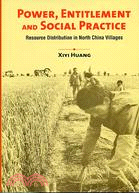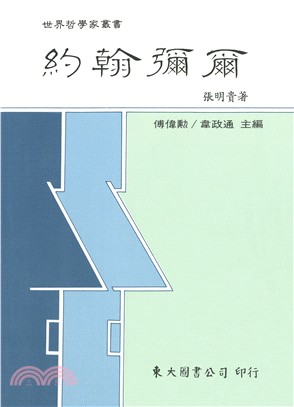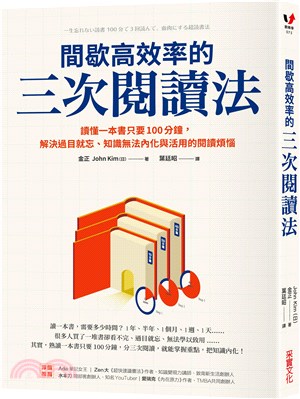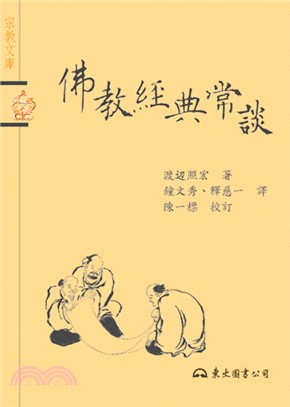再享89折,單本省下139元
商品簡介
作者簡介
名人/編輯推薦
"Dr Huang’s book provides a fascinating account of resource distribution in two very different Hebei villages during the late 1990s. She examines the dynamic interactions among kinship practices, local custom, state policies and market opportunities and shows how institutional arrangements for marriage, household division, old age support and social networking influence and are influenced by very localized structures of political economy." ~~~ Andrew Kipnis, Fellow, Contemporary China Centre, The Australian National University
目次
| List of Illustrations | xi | |
| Abbreviations | xxi | |
| Preface | xxiii | |
| 1 | Research Issues: Resource Distribution in Post-reform | |
| Rural China | 1 | |
| Resource distribution and socio-economic | 2 | |
| transformation in rural China | ||
| The modes of resource distribution 2 | ||
| Socialist redistribution and recent transition in rural China 3 | ||
| What modes of resource distribution exist in post-reform | ||
| rural China? 9 | ||
| The research topic of this book 15 | ||
| Analytical framework for research on resource distribution | 17 | |
| The new institutionalist approach 18 | ||
| The theory of practice 20 | ||
| The analytic framework 23 | ||
| An outline of the book | 24 | |
| The research method 24 | ||
| Concepts 25 | ||
| Thematic structure 29 | ||
| 2 | A Sketch of the Fieldwork Villages | 31 |
| Selection of the fieldwork villages and conduct of | ||
| the interviews | 31 | |
| Selecting the fieldwork villages 31 | ||
| Conducting the interviews 32 | ||
| Geographic conditions and the people | 34 | |
| Geographic and physical conditions 34 | ||
| The people 36 | ||
| Resource distribution and rural development | 38 | |
| Resource distribution before the rural reforms 38 | ||
| The rural reforms 40 | ||
| Rural development since the reforms 42 | ||
| Conclusions | 46 | |
| 3 | Marriage Transaction and Marriage Forms: Implications | |
| for Resource Distribution | 47 | |
| Literature on marriage transaction | 48 | |
| Marriage transaction in Nanying and Shizhuang | 50 | |
| Historical evolution and current features of marriage transaction 51 | ||
| Implications of endowment from the groom’s family for | ||
| resource distribution 54 | ||
| Household industry, market economy and direct | ||
| dowry 58 | ||
| Social stratification and marriage transaction 62 | ||
| Concluding remarks 63 | ||
| Marriage institution in other forms: the poor vs. the rich, | ||
| and men vs. women | 64 | |
| Marrying a non-local woman 65 | ||
| Uxorilocal marriage 67 | ||
| Remarriage 70 | ||
| Bachelors (guanggan) 72 | ||
| Conclusions | 75 | |
| 4 | Household Division and Provision for the Elderly | 77 |
| Concepts and perspectives | 77 | |
| Household division 78 | ||
| Inter-generational relationships 79 | ||
| Household division and provision for the old in | ||
| Nanying and Shizhuang | 82 | |
| Household division 82 | ||
| Provision for the aged 85 | ||
| Strategies and manipulation | 89 | |
| Inter-generational strategies 89 | ||
| Intra-generational strategies 94 | ||
| Discussion and conclusions | 98 | |
| 5 | Kinship Relations and Resource Flows | 105 |
| Studies of Chinese kinship | 105 | |
| Patrilineal kinship and resource distribution | 108 | |
| Patrilineal kinship groups in Nanying and Shizhuang 109 | ||
| Impact of agnatic kinship on resource flow 110 | ||
| Integration and parallelism: the different strategies in | ||
| reaction to political and economic transformations 117 | ||
| Affinal ties and resource distribution | 124 | |
| Mutual assistance among affines 124 | ||
| Traditional institutions and the market economy 127 | ||
| Conclusions | 132 | |
| 6 | Network of Social Relationships in Resource | |
| Distribution | 135 | |
| Peasants’ networks of social relationships | 135 | |
| Community identity | 138 | |
| Extension of social networks of peasants | 142 | |
| Fictive kin relationships 142 | ||
| Friendship 144 | ||
| Networks of social relationships and resource | ||
| allocation | 146 | |
| Support for household economies 147 | ||
| Life-cycle rituals and gift exchange 150 | ||
| Disputes and their solution 157 | ||
| Discussion and conclusions 159 | ||
| 7 | Resource Distribution: the State, Local Government | |
| and Peasants | 163 | |
| The state-peasant relationship | 163 | |
| How the harvest is divided | 167 | |
| Implementation of the family planning program | 174 | |
| Construction of ‘villages with comfortable living standards' | 178 | |
| Behind the framework of resource distribution between | ||
| the state, grassroots government and peasants | 182 | |
| The relation between the state and local government 182 | ||
| Strategies of grassroots leaders 184 | ||
| Reaction of the peasants 191 | ||
| 8 | Involvement of Peasants in the Markets and | 195 |
| Resource Distribution | 195 | |
| Involvement of villagers in the commodity market | 195 | |
| Nanying 196 | ||
| Shizhuang 199 | ||
| Comparison 203 | ||
| Involvement of villagers in the credit market | 204 | |
| Involvement of villagers in the labour market | 207 | |
| Market involvement and resource distribution | 211 | |
| 9 | Conclusion: Resource Distribution and Social | |
| Practice | 217 | |
| Institutional integration in resource distribution | 218 | |
| Mutual possession between peasants and the social world | 222 | |
| Power, entitlement and social practice | 226 | |
| Resource distribution and social transformation | 230 | |
| Notes | 235 | |
| Bibliography | 255 | |
| Index | 271 | |
主題書展
更多主題書展
更多書展本週66折
您曾經瀏覽過的商品
購物須知
無庫存之港版書籍,將需向海外調貨,平均作業時間約30個工作天,然不保證確定可調到貨,尚請見諒。
為了縮短等待時間,建議您將港書與一般繁體書籍分開下單,以獲得最快的取貨速度。
為了保護您的權益,「三民網路書店」提供會員七日商品鑑賞期(收到商品為起始日)。
若要辦理退貨,請在商品鑑賞期內寄回,且商品必須是全新狀態與完整包裝(商品、附件、發票、隨貨贈品等)否則恕不接受退貨。

























